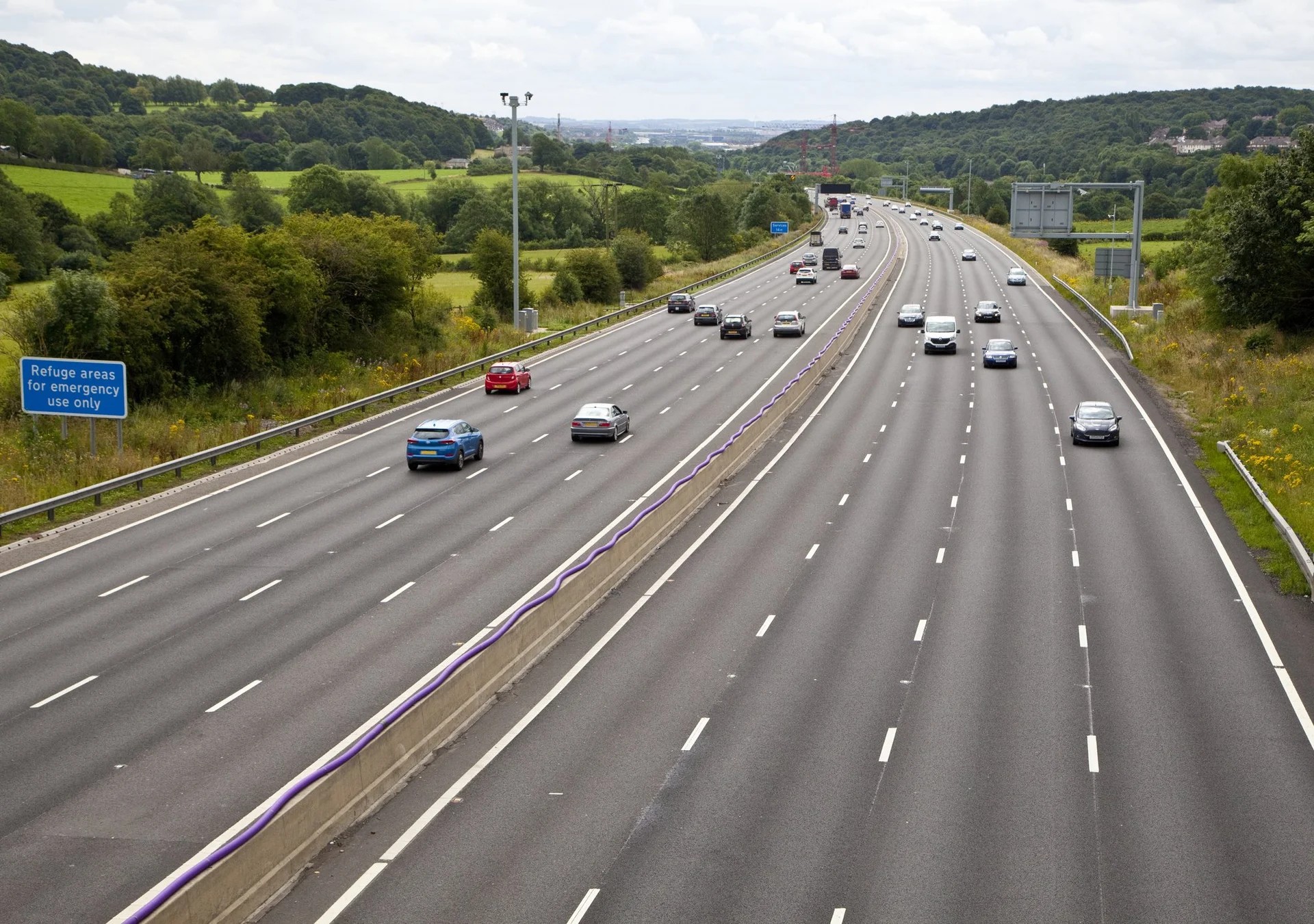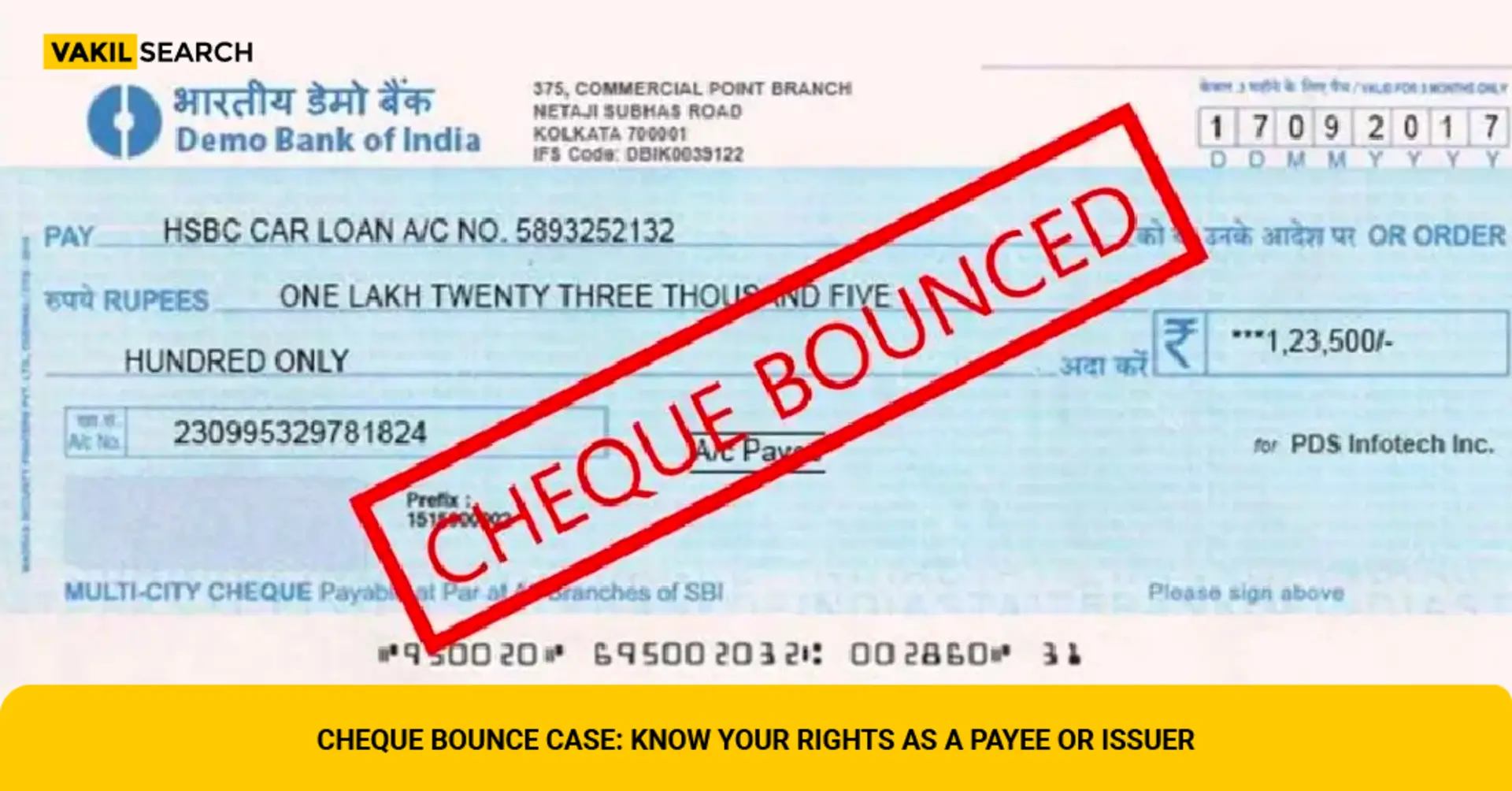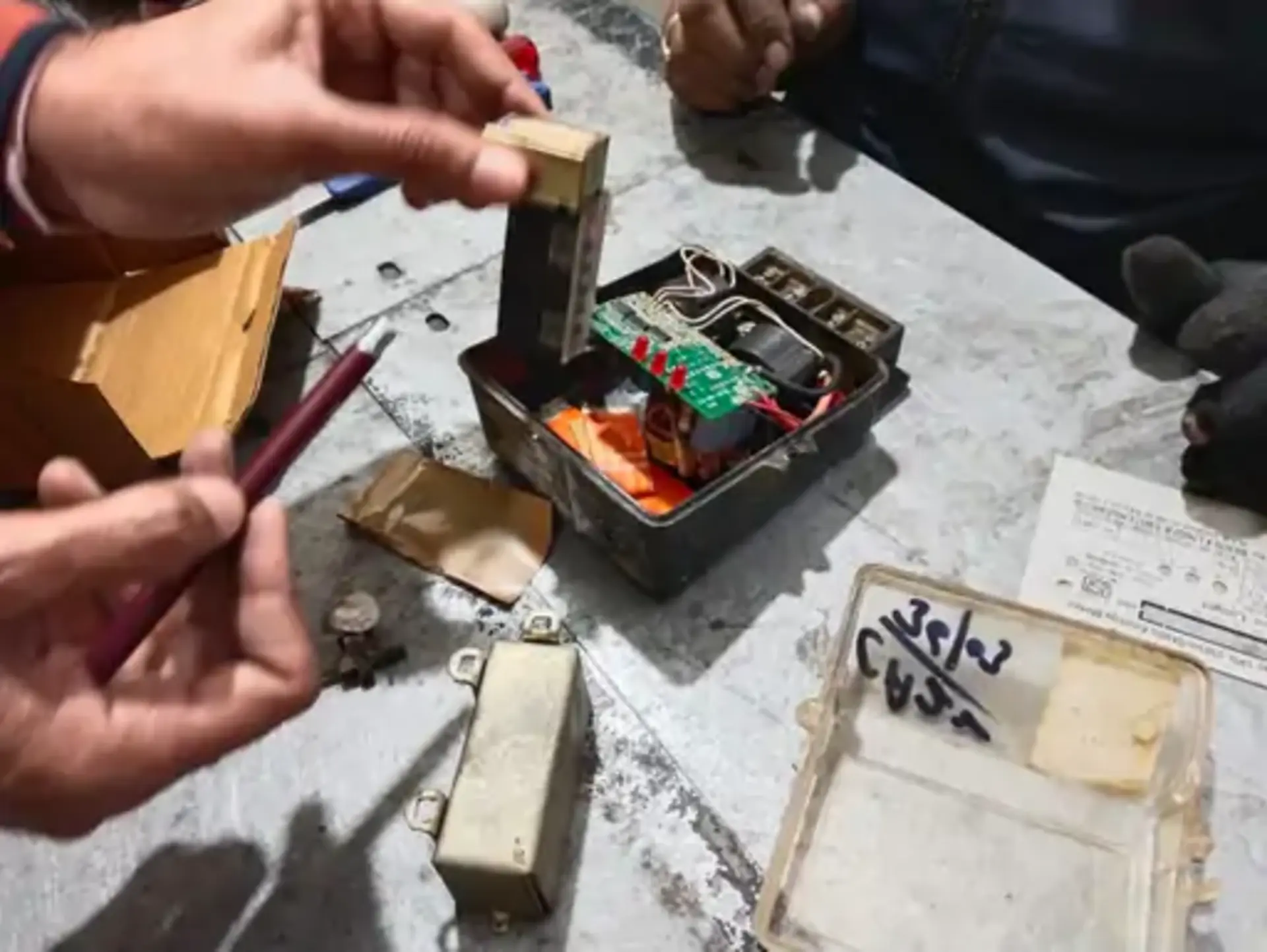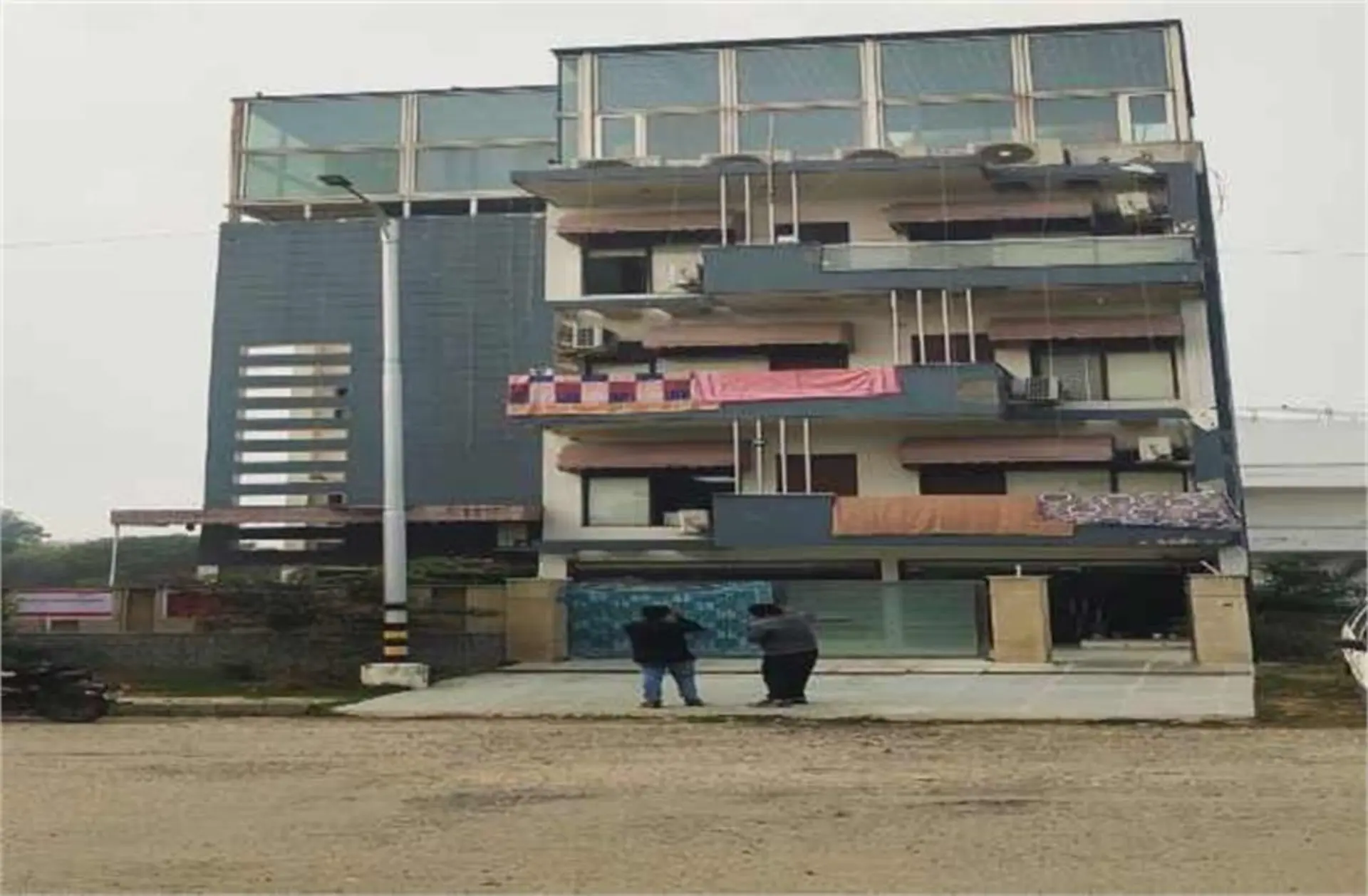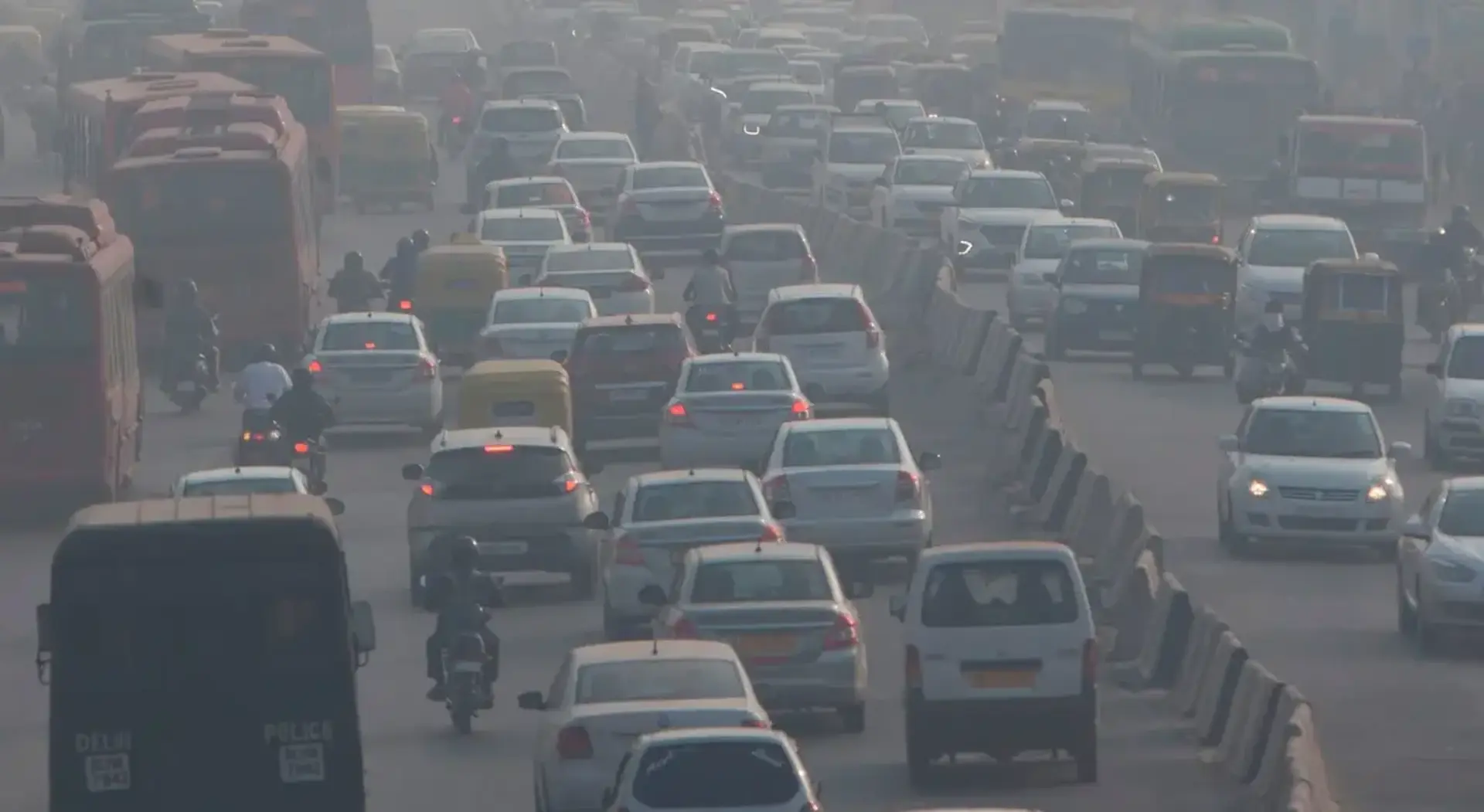
A troubling discrepancy in air quality reporting has emerged as a key factor undermining pollution control efforts in the National Capital Region. While WHO-approved mobile apps regularly capture AQI readings of more than 1,000, government sensors never report readings above 500, prompting environmentalists to call for the total overhaul of the air quality measurement system in India.
The 500 AQI Cap Controversy
The Central Pollution Control Board's approach tops recorded AQI at 500, irrespective of real pollution levels. This results in official readings being frozen at the top level during times of even extreme pollutant levels, thus providing a false ceiling that hides the real intensity of air quality emergencies.
Gurugram and Faridabad environmental groups have petitioned the CPCB to install the necessary upgrades immediately. "WHO-approved applications indicate AQI has gone up to 1,000 in most locations while government sensors remain stuck at 500. During 'very severe' air quality, government data indicate it is 'very poor', and action is accordingly taken. This affects people's health," Clean Air Bharat's Ruchika Sethi said. Confusion is best seen at times of pollution peaks. Swiss air technology firm IQAir always shows AQI readings above 1,000, with a few registering 1,500, whereas CPCB figures never reach beyond 500 in end calculations.
Various Standards, Different Results
Met scientist Gufran Beig, who is the Chair Professor at NIAS and the founder of SAFAR (System of Air Quality and Weather Forecasting), clarified the technical cause of the difference. "CPCB has a cap on AQI, setting it at 500. Even if the concentration is over 500 micrograms per cubic metre, the AQI cannot exceed it."
The root of the issue is in India's guidelines for conversions, which employ various "breakpoints" other than WHO standards. Indian standards equate 60 micrograms per cubic meter of PM 2.5 with an AQI of 100, while WHO standards classify 50 micrograms as 100 AQI. CPCB even calculates on the basis of 24-hour average concentrations, while IQAir reports more often and hence reads much higher.
State Environment Minister Rao Narbir has accepted the worries, saying the problem has been brought to light time and again before central authorities. "We have requested the Central Pollution Control Board to investigate the issue and upgrade systems if necessary. Haryana is making every effort to handle AQI crisis," he said.




